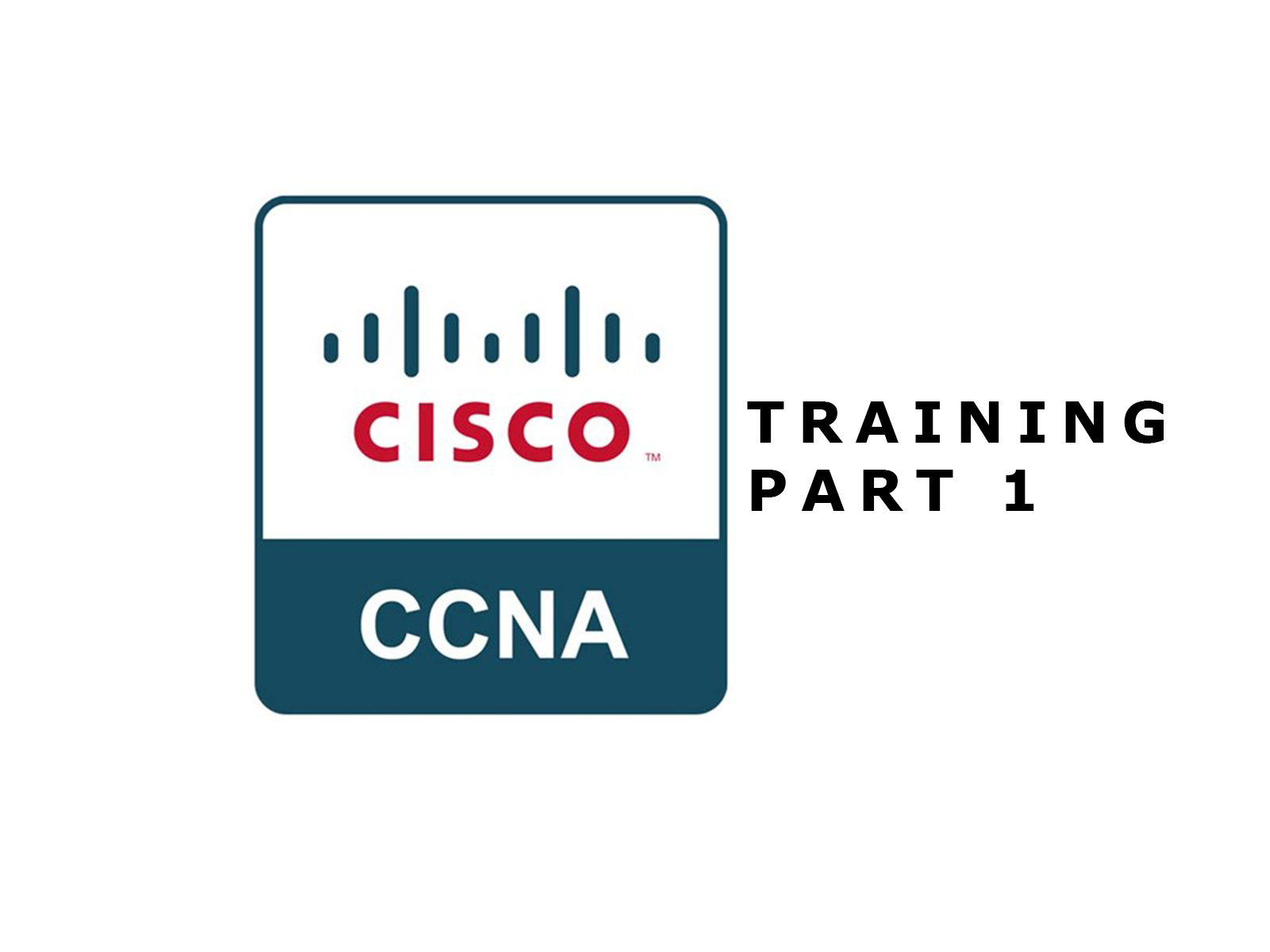
Introduction to Microsoft systems administration
The other day, while casually browsing Dealabs.com - a french website where you can find good deals on things posted by other users -, I came accross an offer for some free certifications.
Free certifications ? I’m in. Those were made by Microsoft in collaboration with LinkedIn Learning and covered multiple carreers path from administration to cybersecurity. First, I tried getting “Preparation for your sysadmin carreer”.
The course
Summary
This course was made by Robert McMillen, a contractor working for multiple clients including the American Government. He is a great teacher and make concepts easy to understand.
The course is made of multiple 3 to 7 minutes videos, adding up to almost 5h total. This might seem a lot but it is actually quite small considering you can start the course and get the final exam in the same afternoon (what I did). It is separated in multiple parts:
-
- Install, Update & Maintain operating systems
-
- Configure, manage, maintain & monitor servers
-
- Focus on identity and authentication services
-
- Initiation to networking
-
- First steps with virtualization
-
- Reviewing Cloud administration
-
- Benefit from security and monitoring
-
- Plan, monitor and secure backups
-
- Starting out as a sysadmin
What I learned
This course is almost exclusively focused on Microsoft ecosystem. Which is great, since I was very unfamiliar with it. I’ve only played around with Active Directory on premise, and I didn’t go very far.
In order, I learned about:
Active Directory & Azure Active Directory
The two ways of managing objects (users, devices, groups…) in a company made by Microsoft. They’re actually quite similar, the only difference is that Active Directory is deployed on a server on premise, while Azure Active Directory is deployed in the Azure Cloud.
Windows 10 & 11
We go through the process of installing Windows for the first time on a computer in some videos. Different parameters can be set at this stage, and it’s important to know some of them to speed up deployement process.
Endpoint Manager
Nowadays this tool is called Intune. It’s a web panel were you can see and manage all devices, users, groups, in your AD Domain. For example, you can create a Group Object Policy and affect it to a group to force a certain parameter to each object of this group. This is very useful in a company for example, were you would want to give some access to certain departments, and restrecting others.
But also:
vmWare, HyperV \ Windows Defender \ GPO \ MFA \ Shared Folders \ OSI \ IP Stack \ VLANs \ Azure & Cloud in general \ Backups solutions
Everything would be too long to go in detail, because this course is already really complete. In summary, it makes a great first approach to becoming a sysadmin.
The Exam
You have 90 minutes to complete a 30 questions exam. To pass, you have to get at least 70% right answers, but you also have 3 tries.
The exam is nothing more than a combination of all smaller tests you went trought during the course. There are questions about each and every module you saw, making it more or less global.
My thoughts
In conclusion, I really enjoyed taking this course. Robert is a great teacher and it is so complete that I really felt like we went over all Microsoft tools used by sysadmins. Even if I couldn’t remember how to use everything, it is still a great improvement in my skills and learning path. For the awesome price of 0$, I really think this was a great investment. And heck, it’s certified by Microsoft, too !
Anyway I recommend everyone wanting to learn more about Microsoft & Microsoft system administration to take this course.